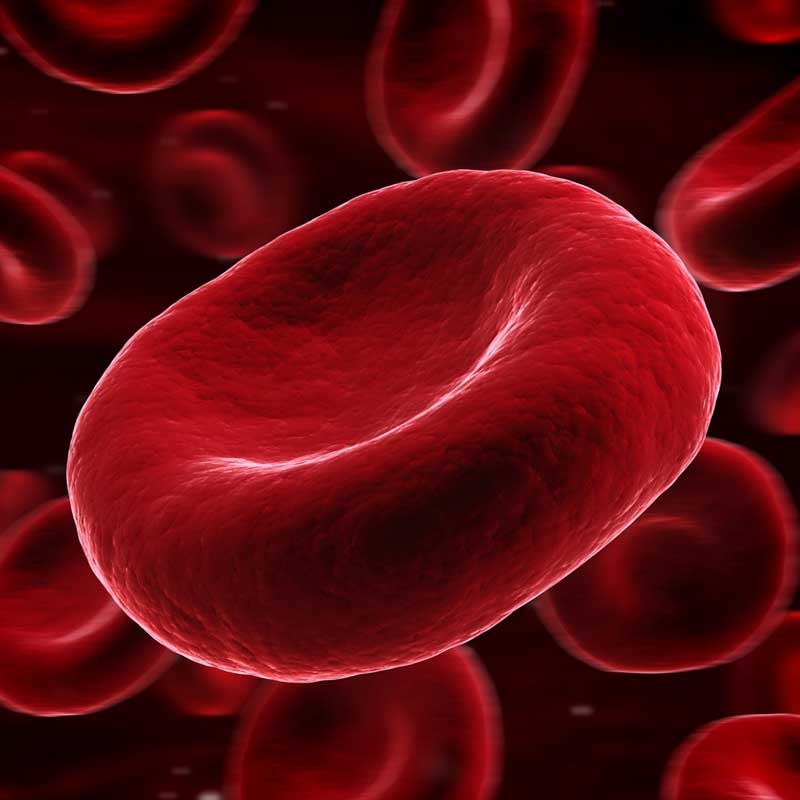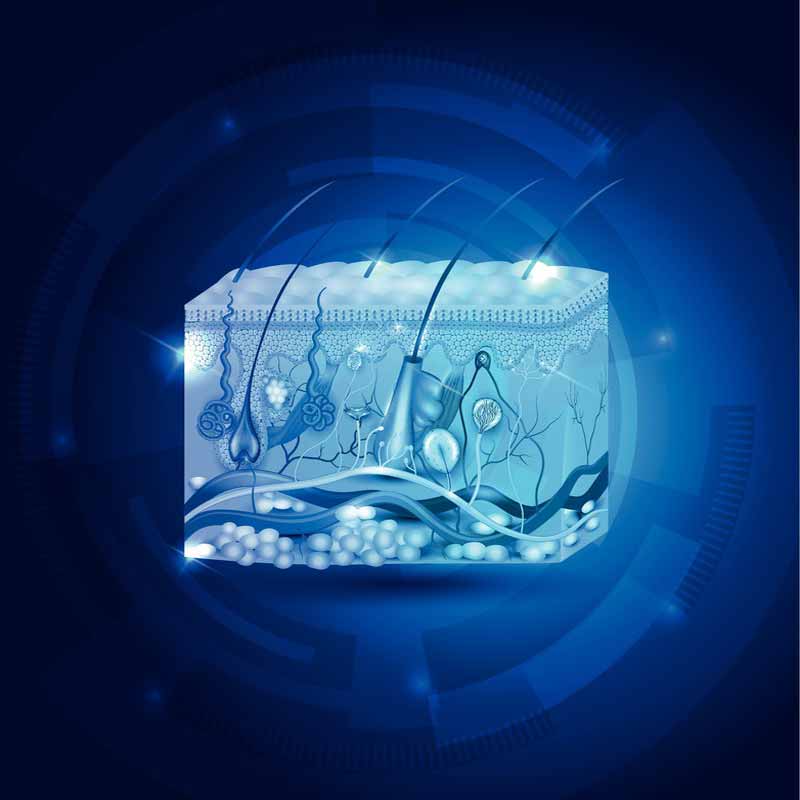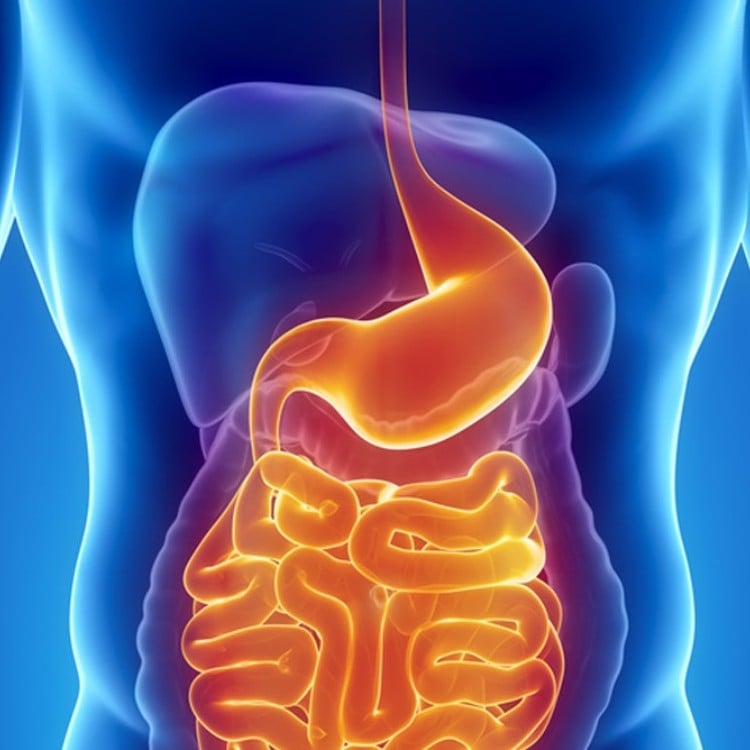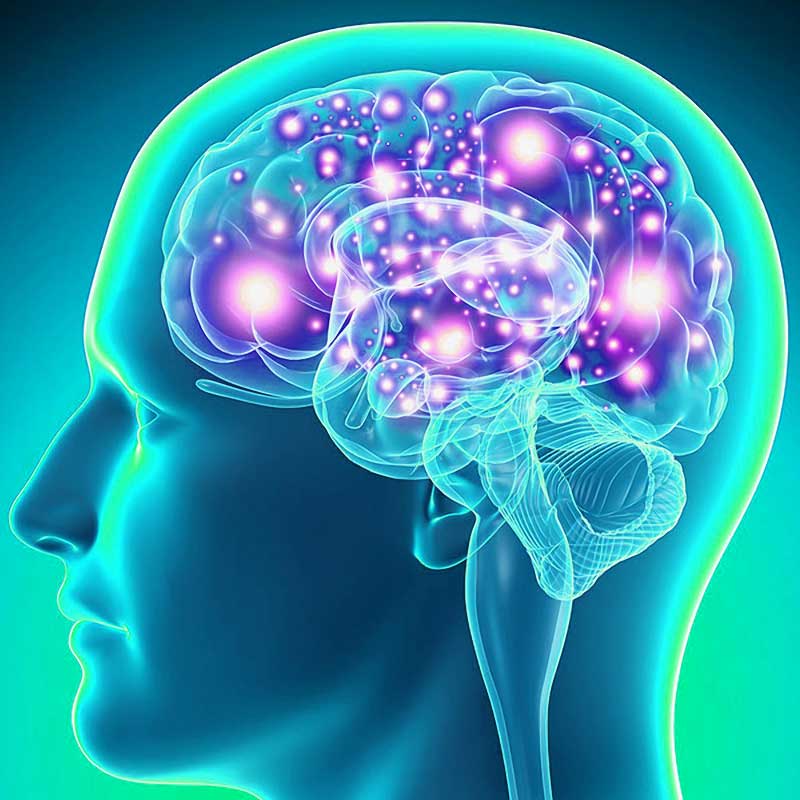Follow along with the NCCPA™ PANCE and PANRE Hematology Content Blueprint
- 23 PANCE and PANRE Hematology Content Blueprint Lessons (see below)
- 38 Question Hematology Exam
- Hematologic System With Joe Gilboy PA-C (Video Lecture)
- Hematology Pearls Flashcards
- Hematology Pearls high yield summary tables
- ReelDX™ integrated video content (available to paid subscribers)
- Picmonic integrated video content and quizzes (available with Picmonic upgrade)





